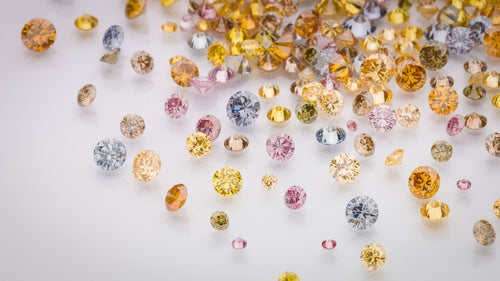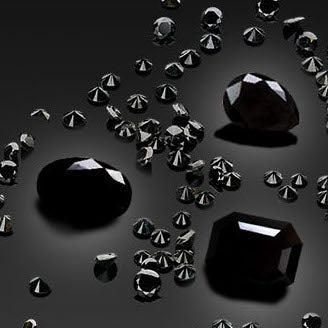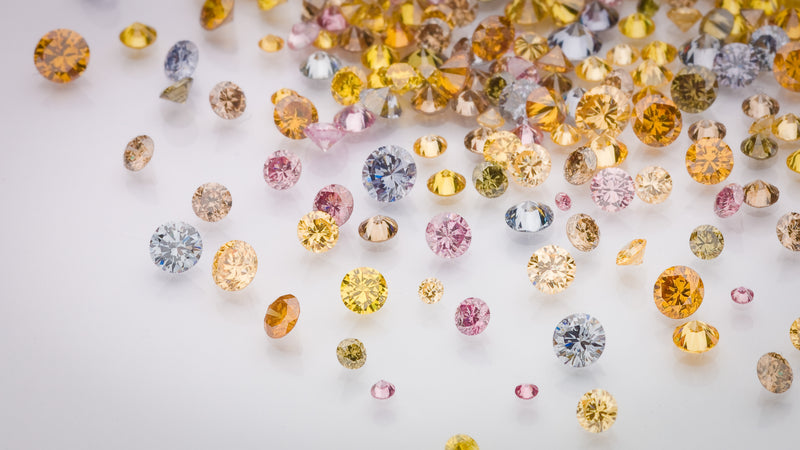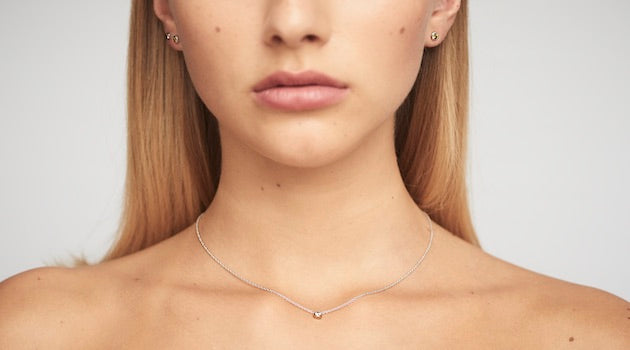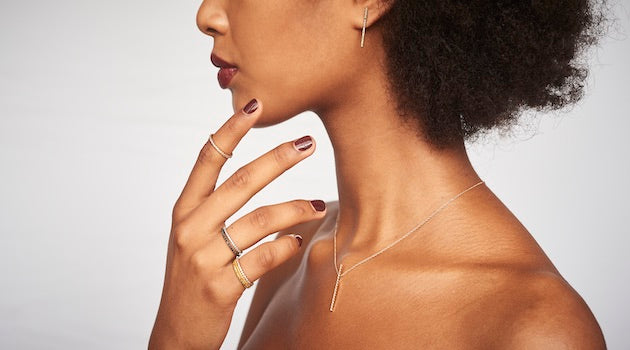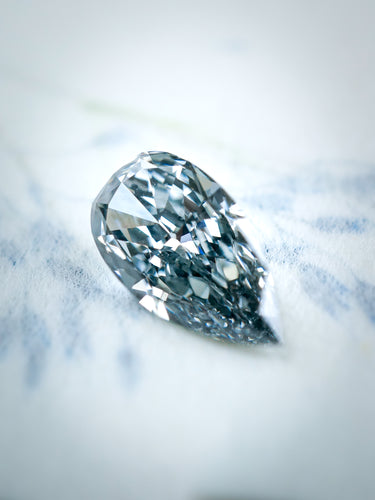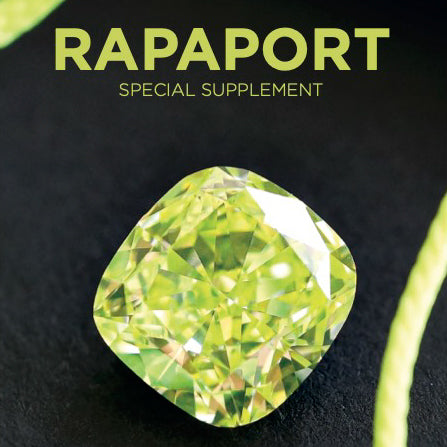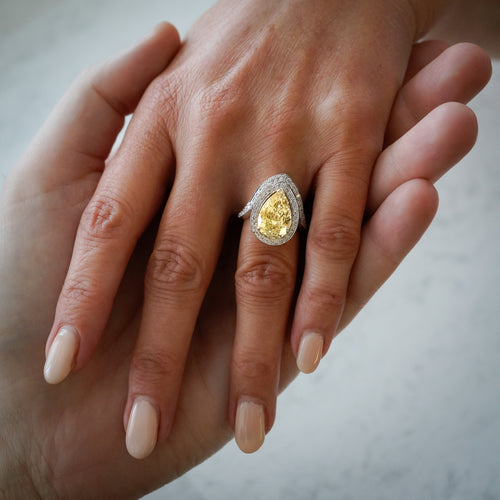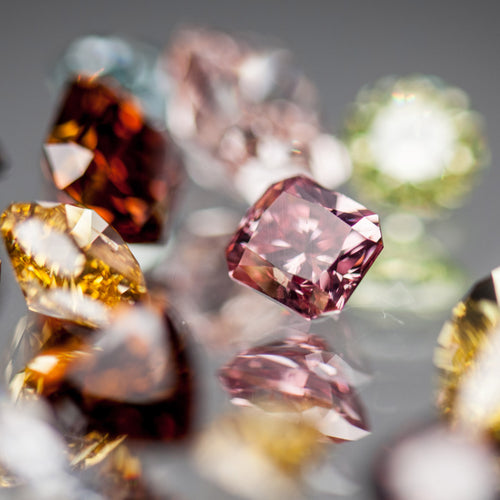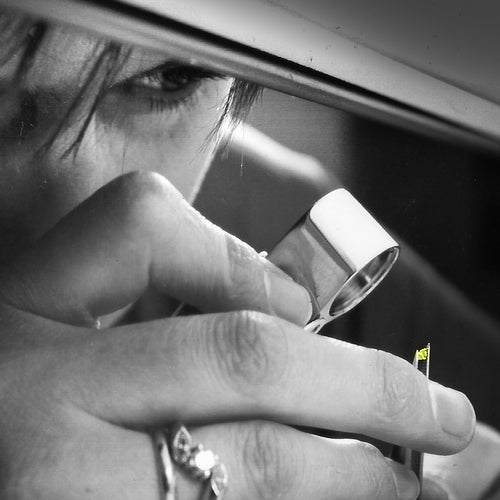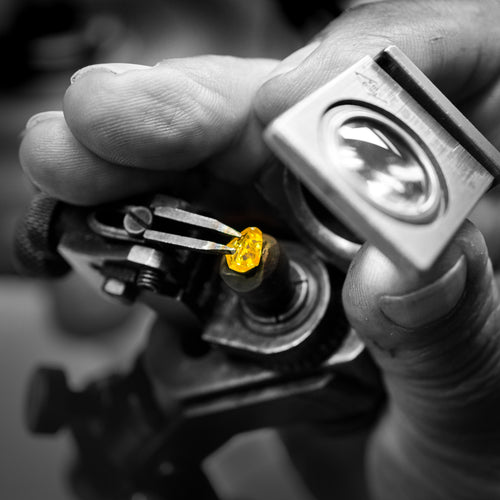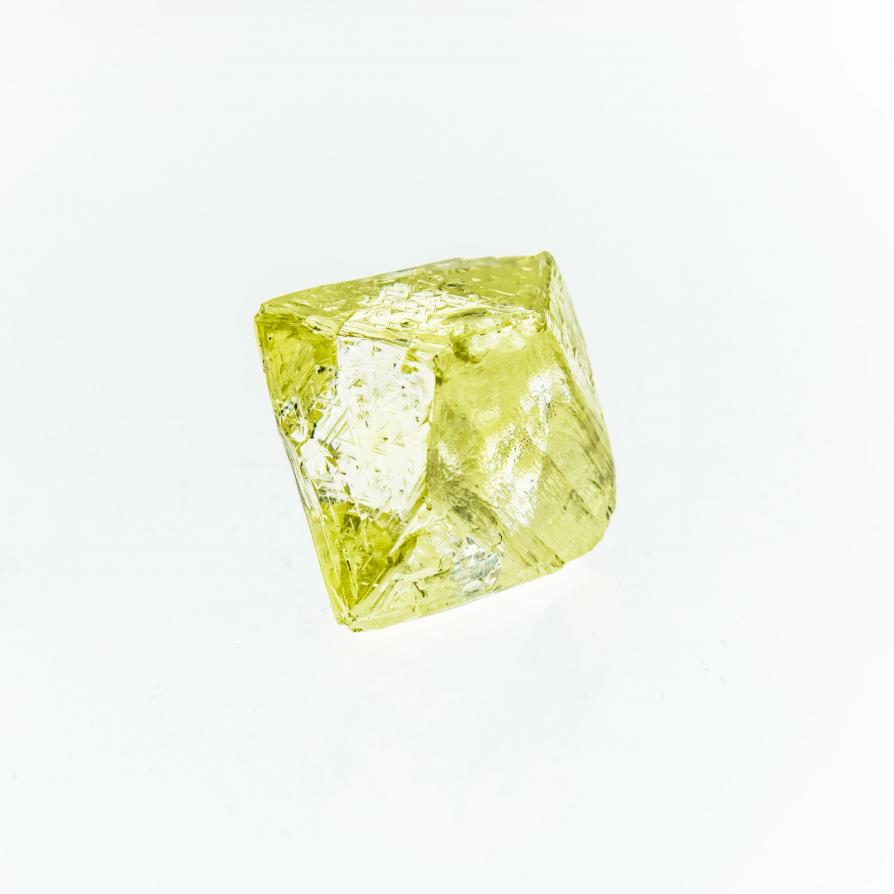

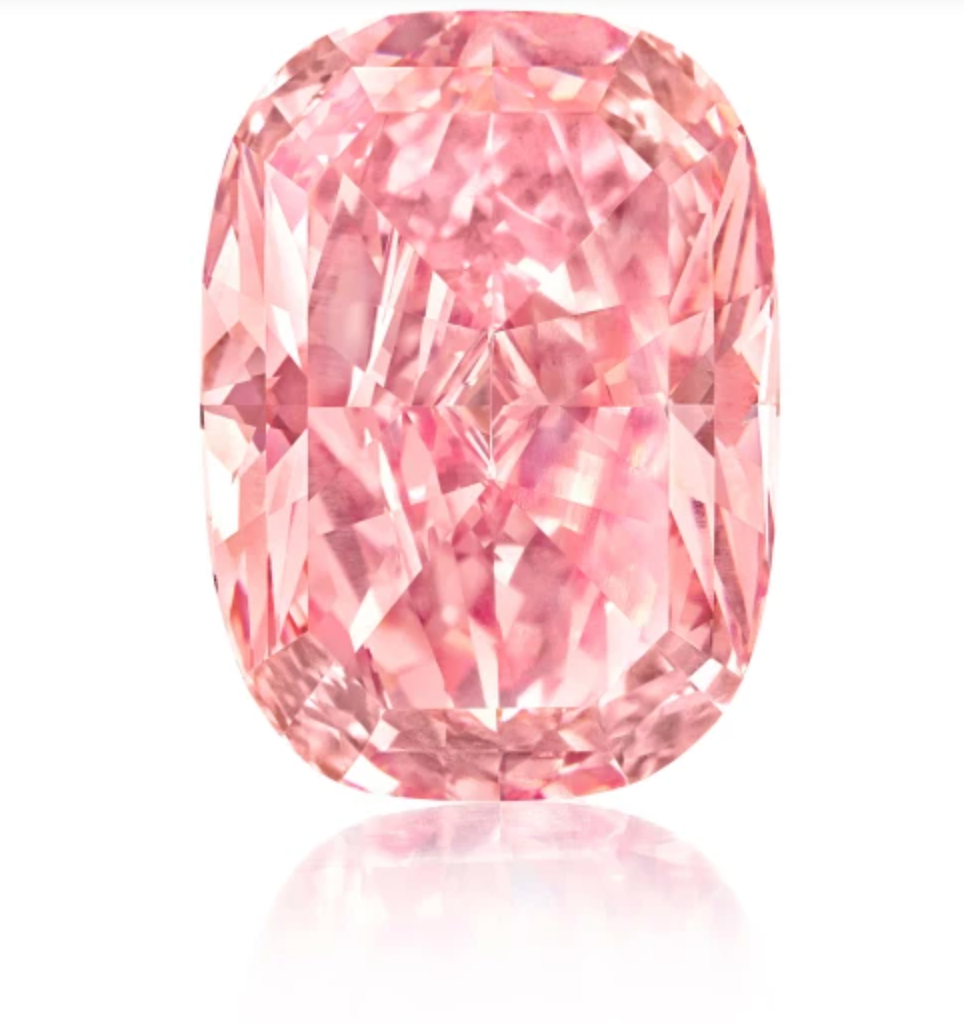
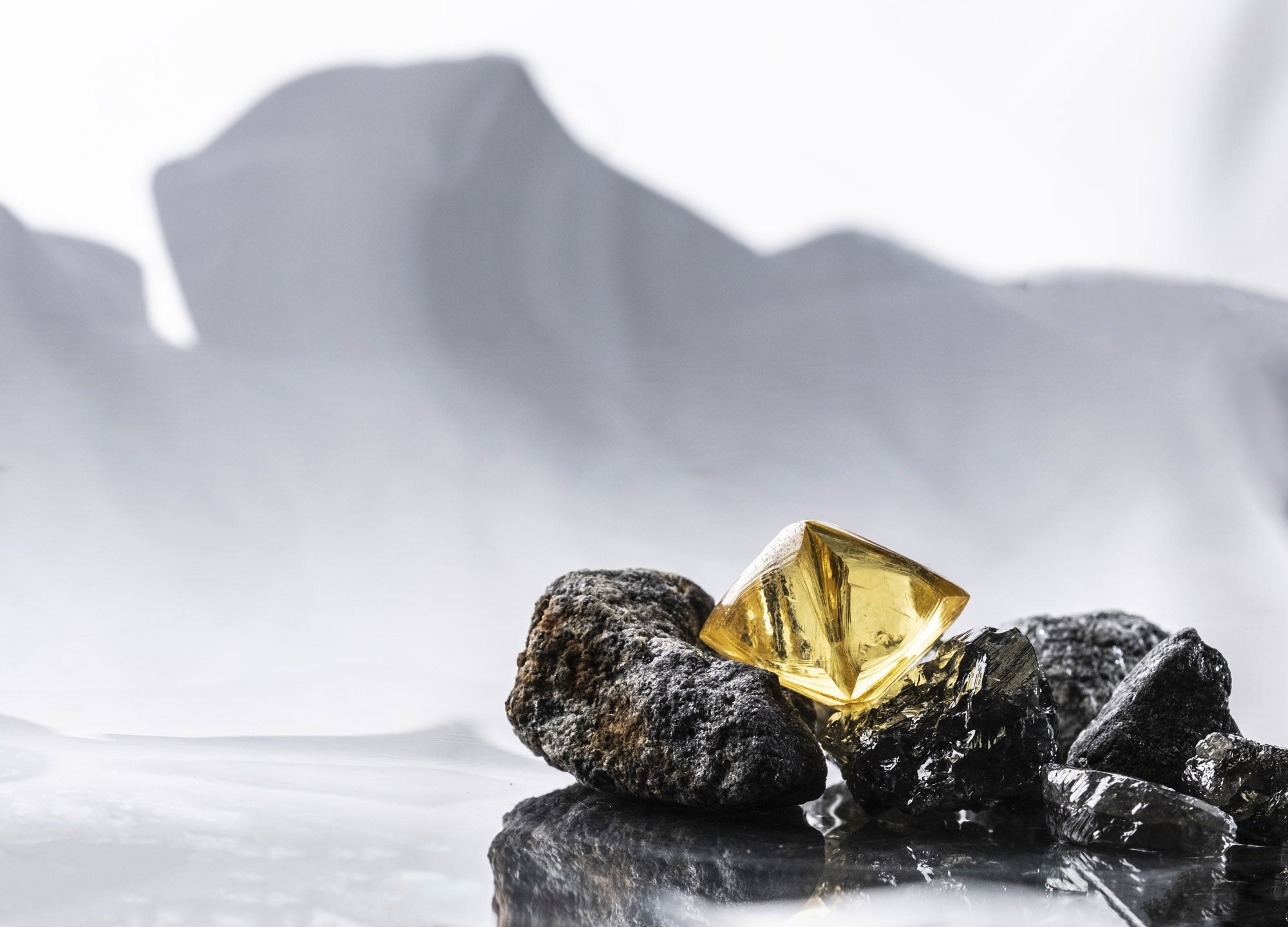
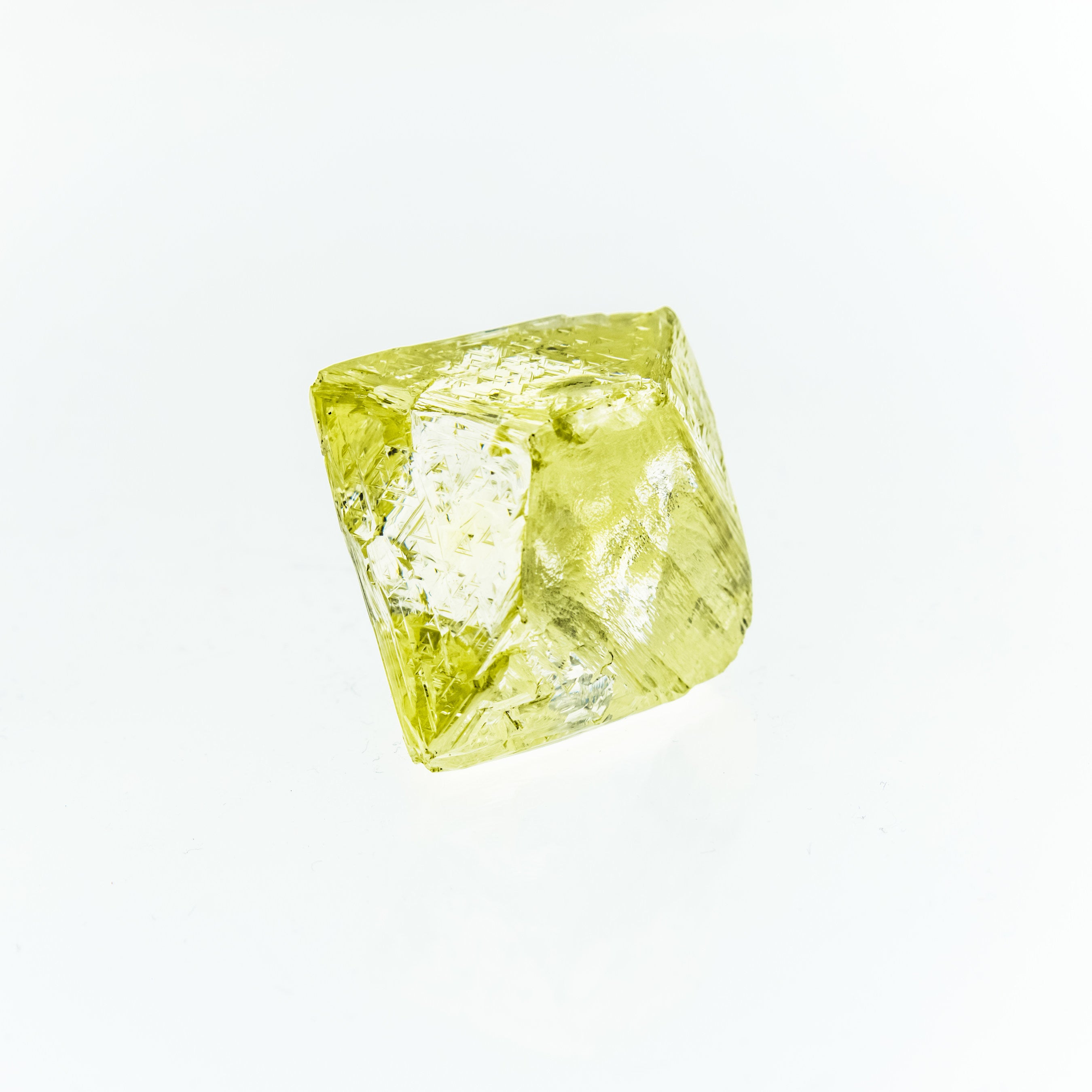
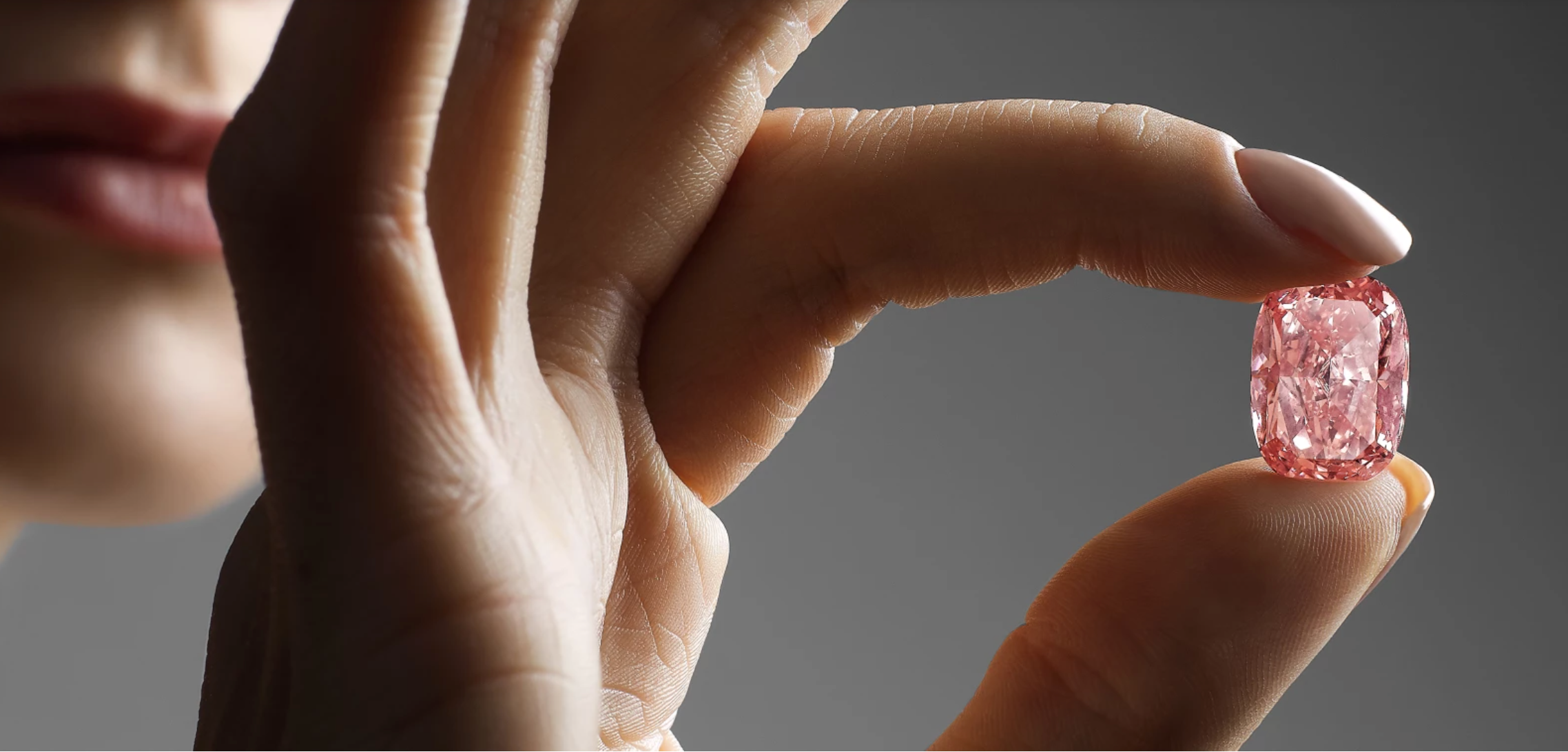
Can Diamonds Detect Cancer
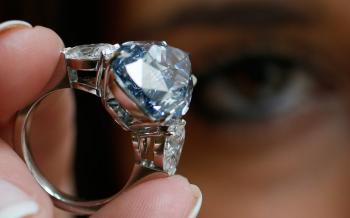
Diamonds aren’t just for jewelry anymore. The precious stones are effective at detecting early-stage cancerous tumors.
Diamonds may soon be everyone’s best friend.
A new study out of Australia found synthetic versions of the bright gems to be effective at detecting early-stage cancerous tumors through magnetic resonance imaging (MRI). With the American Cancer Society’s estimating that 1.6 million Americans will be diagnosed with cancer and over 500,000 will die in 2015, the study could prove lifesaving for years to come.
Published in Nature Communications Friday, the study explores diamonds’ ability to light up cancer cells that are generally undetectable. The experiments were performed by a group of physicists from the University of Sydney who focused their study on nano-diamonds, 4-5 nanometer diamonds found inside meteorites.
The tiny gems have been explored in the cancer world before. In 2011, a study in Science Translational Medicine found that attaching them to chemotherapy drugs increased the effectiveness of the drug—effectively, shrinking tumors in mice. The Northwestern University engineers behind the study said there are two key characteristics that make nano-diamonds so useful: size and non-toxicity. This means that both the immune system and kidneys will not try to attack them.
It was this previous research that inspired the University of Sydney physics professor David Reilly to expand the research into the gems benefits.
"We knew nano-diamonds were of interest for delivering drugs during chemotherapy because they are largely non-toxic and non-reactive," said Reilly. "We thought we could build on these non-toxic properties realizing that diamonds have magnetic characteristics enabling them to act as beacons in MRIs. We effectively turned a pharmaceutical problem into a physics problem."
In order to study the nano-diamond’s ability to detect cancerous tumors, the researchers had to “hyperpolarize” them, which they describe as a “process of aligning atoms inside a diamond so they create a signal detectable by an MRI scanner.” The hyperpolarized nano-diamonds were attached to specific cancer-fighting molecules, so that they could be tracked throughout the body.
Watching these nano-diamonds provided a roadmap of cancer cells in the body—wherever they traveled, the cancer-fighting molecules were traveling too. "This is a great example of how quantum physics research tackles real-world problems,” says Reilly. “In this case opening the way for us to image and target cancers long before they become life-threatening.”
While diamonds’ role in both detecting and treating cancer sounds promising, it’s not the only shiny object to be explored by science. A growing body of evidence is now suggesting that gold may have its own unique powers when it comes to fighting cancer.
Read more at TheDailyBeast
